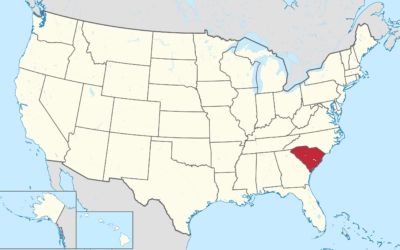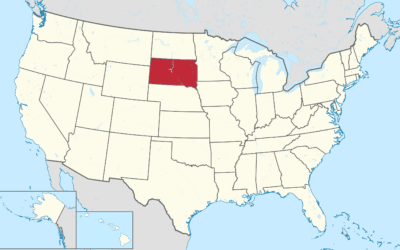Rhode Island Prisons reflect a unique approach to incarceration, balancing strict supervision with rehabilitation efforts. The Department of Corrections oversees facilities that house around 3,854 inmates, offering programs tackling opioid use disorder and vocational training. Despite low incarceration rates, high probation numbers pose challenges, potentially leading to reincarceration for minor infractions. The system continuously adapts, aiming for justice and fair reintegration, guided by evolving policies and practices.
Rebecca S.
Post By Rebecca
South Carolina Prisons: Key Facts
South Carolina prisons face significant challenges, with a staggering 58% of incarcerated individuals being Black, despite representing only 27% of the state’s population. Facilities like Lee and Turbeville Correctional Institutions grapple with safety concerns and overcrowding. Initiatives such as the Restoring Promise Program, inspired by international models, aim to address these issues by promoting rehabilitation and reducing recidivism. The need for systemic change within South Carolina prisons is urgent and essential.
South Dakota Prisons: Incarceration Overview
South Dakota prisons highlight a striking incarceration rate, with 812 prisoners per 100,000 residents, placing the state among global leaders. Facilities like Mike Durfee and South Dakota State Penitentiary are bustling, with 73% of detainees yet to be convicted. This paints a concerning picture of mass incarceration. Challenges such as racial inequality and high costs persist, while recent reports suggest potential reforms. How will South Dakota prisons evolve to address these pressing issues?


